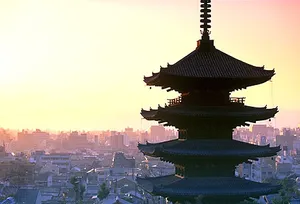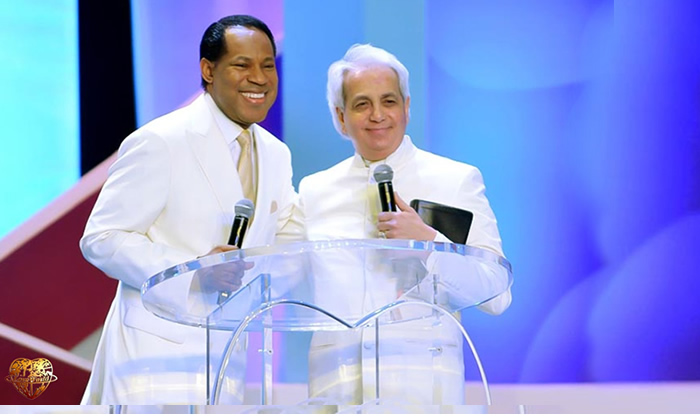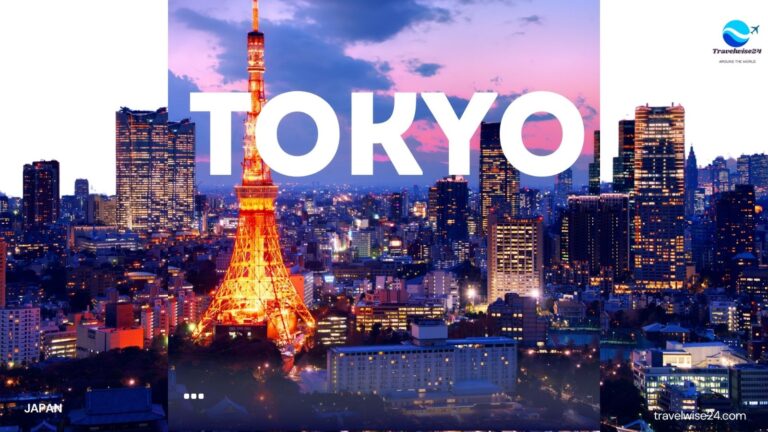Travel the world to Kyoto, a city nestled in west-central Honshu island, Japan, beckons travelers with its rich history and cultural treasures. Its gentle slopes, situated about 30 miles northeast of Osaka and Nara, offer an average elevation of 180 feet above sea level. As the heart of the Kinki region, Kyoto thrives within the Keihanshin Industrial Zone, Japan’s second-largest urban and industrial hub, alongside Osaka and Kobe.

Travel the world to Kyoto once Japan’s capital for over a millennium, from 794 to 1868, Kyoto has borne various names throughout the ages, including Heian-kyo (Capital of Peace and Tranquility), Miyako (The Capital), and Saikyo (Western Capital), following the Meiji Restoration in 1868 when the imperial residence shifted to Tokyo. In contemporary times, Kyoto, often referred to as “the world’s Kyoto,” mirrors the global embrace of Japanese culture while striving to keep pace with modernity.
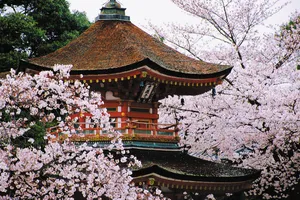
Nevertheless, Kyoto remains the epicenter of traditional Japanese culture, Buddhism, and the production of fine textiles and other Japanese goods. The profound reverence that the Japanese hold for their culture and heritage finds expression in their unique connection with Kyoto. Almost a third of Japan’s population makes a pilgrimage to this city at least once in their lifetime, resulting in an annual influx of visitors. Kyoto boasts several historic temples and gardens collectively designated as a UNESCO World Heritage site in 1994,
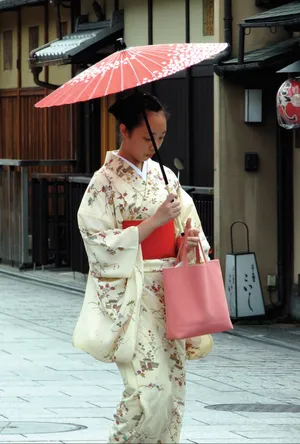
making it a destination of unparalleled cultural significance. With an area spanning 320 square miles and a population of 1,463,723 as of 2020, Kyoto stands as an inviting destination for travelers seeking to immerse themselves in Japan’s rich heritage and traditions. You can also read more updates about traveling the world

